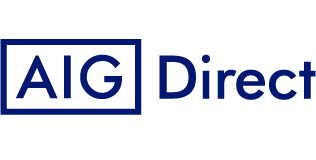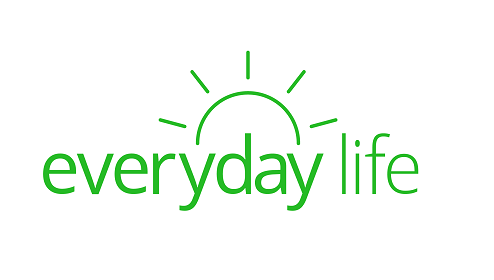Knowing who’s who on a life insurance policy is an important part of securing financial security for your family. If you list the wrong beneficiaries, then the hard-earned money you put towards premiums won’t provide the right people with the right financial support.
Here’s everything you need to know about who’s who on a life insurance policy.
KEY TAKEAWAYS
- The person who owns the life insurance policy is the only person who can make changes to the policy and pays the policy premiums.
- The insured is the person whose life is covered on a life insurance policy.
- Only the beneficiaries mentioned on the policies are entitled to collect the life insurance death benefit.
The three most important people on your policy
Generally there are three parties to a life insurance policy:
- The policyholder: The person who owns the policy and pays the life insurance premiums.
- The insured: The person whose life is insured. When the insured dies, the life insurance company pays out the death benefit.
- The beneficiary: The person who collects the death benefit when the insured dies.
Most of the time, the policyholder is also the insured. For instance, the breadwinner of a family might purchase an insurance policy on their own life to protect their spouse and children if they die. In that case, the breadwinner is the policyholder and the insured.
Rarely, a policyholder could also be the beneficiary. That same spouse might purchase an insurance policy on their spouse’s life, naming themselves as the beneficiary, to protect their family’s financial welfare in case their spouse dies.
If there are three different people filling the three different roles, there could be tax implications and you will experience what is referred to as the Goodman Triangle. In general, two of the roles should be the same person to avoid the tax trap.
Who is the owner of a life insurance policy?
The owner of a life insurance policy is called the policyholder, and this is the person who pays for and has control over the life insurance policy. The owner has full control and responsibilities including:
- Paying the policy premiums.
- Choosing how long coverage lasts.
- Determining who the beneficiaries are and how much of the death benefit they will receive.
- Making any changes to the policy, such as changing the beneficiaries or surrendering the policy.
- Using the cash value if it is a permanent life insurance policy.
Who is the insured on a life insurance policy?
The insured on a life insurance policy is often the same person who owns the policy, but they don’t have to be. The life insurance company only pays out the death benefit when the insured dies. Because of this, premiums are also based on the insured’s health, lifestyle, age and other factors.
The insured person doesn’t have the right to adjust the policy, unless they are also the policyholder.
Who gets the money from a life insurance policy?
Only the listed beneficiaries on a life insurance policy can get the death benefit. For this reason, it’s important for policyholders to regularly review their life insurance policy to make sure the named beneficiaries still are the people who should collect the money. You should review your life insurance policy every time you experience a major life event, such as getting married, having a child, or buying a house.
Additionally, there should be a primary and contingent beneficiary. If the primary beneficiary dies before the insured, the contingent beneficiary gets the death benefit.
Policyholder vs. insured vs. beneficiary
| Policyholder | Insured | Beneficiary |
|---|---|---|
| Responsible for paying insurance premiums | Person whose death would prompt death benefit payout | Person who receives the death benefit payout |
| Able to adjust policy | Can only adjust policy if they are also the policyholder | Cannot make any changes to the policy, ever |
| Only person who can access the cash value if they own a permanent life insurance policy | Person whose health is what premiums are based on | Needs to be financially impacted by the death of the insured to be listed on the policy |
If you’re in the market for a life insurance policy, you can compare the best life insurance companies as reviewed by surveyed policyholders right here at Insure.com.










